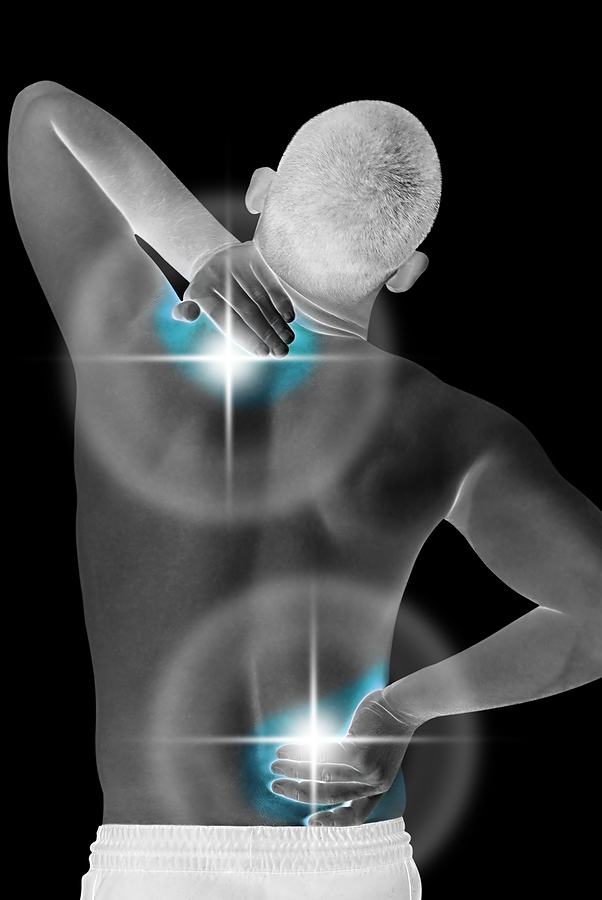Most Patients Say Cannabis Effective for Musculoskeletal Pain
/By Pat Anson, PNN Editor
The vast majority of people with musculoskeletal pain who have tried medical cannabis say it is an effective pain reliever and over half believe it works better than other pain medications, according to a new study released by the American Academy of Orthopaedic Surgeons.
Researchers surveyed 629 patients being treated at orthopaedic clinics to see how widely cannabis is being used for chronic muscle and joint pain that can be caused by arthritis, fibromyalgia, osteoporosis and many other conditions.
“Over time, we’ve certainly seen an increase in the use of cannabis to manage musculoskeletal (MSK) pain,” said lead author Timothy Leroux, MD, an orthopaedic surgeon and assistant professor at the University of Toronto.
“There is definite interest to see if cannabis can be used to manage chronic MSK pain, as opposed to other conventional treatments such as anti-inflammatories and opioids. With this study, we wanted to get a lay of the land as to who is using it, what proportion are using and what they perceive the efficacy to be.”
One in five of the patients surveyed said they are currently using or have tried cannabis to manage their MSK pain. Of those, 90% said cannabis was effective, 57% believe it works better than other pain medications, and 40% said it decreased their use of other drugs.
Patients who used cannabis for MSK pain were more likely to have multiple conditions, including depression, back pain, chronic pelvic pain and chronic neck pain. They were also more likely to use muscle relaxants and opioids for pain relief.
The most common form of cannabis used was cannabidiol (39%) and the most common route of ingestion was CBD oil (60%). Over a third of patients said they spent at least $200 per month on cannabis products.
Among the cannabis users, only 26% received a recommendation from a physician. Most said they tried cannabis at the urging of a friend or family member.
“Most doctors, especially orthopaedic surgeons, don’t have prescribing power for cannabis, so there is minimal physician oversight when it comes to cannabis use to manage chronic MSK pain,” said Leroux. “To complicate things, it’s a little bit of a Wild West in the cannabis industry in terms of what you get in a product, namely actual vs. labelled composition, and consistency.
“Another challenge is that we don’t fully know what products, formulations, dosages, and routes of administration are best to manage chronic MSK pain. Given the high rate of use observed in this study and little physician oversight, there’s an impetus for us as a medical community to try to understand what role, if any, cannabis may serve in the management of chronic MSK pain.”
Even among non-users, there was a fair amount of interest in cannabis. Sixty-five percent reported an interest in trying cannabis for MSK pain. Common barriers to using cannabis were stigma and lack of knowledge about its efficacy, doses and routes of administration.
“We tend to associate cannabis with a younger age due to recreational use, but in our study, age was not a significant factor influencing use for the management of chronic MSK pain,” said Leroux. “Patients reported use well into their 80’s, many whom we assumed would want to use more conventional products.
“We’d like to repeat this study in the next few years to see how use and demographics change as people become more comfortable with the idea of cannabis as the norm as well as what role state legalization plays in patients’ attitudes towards its use.”



























